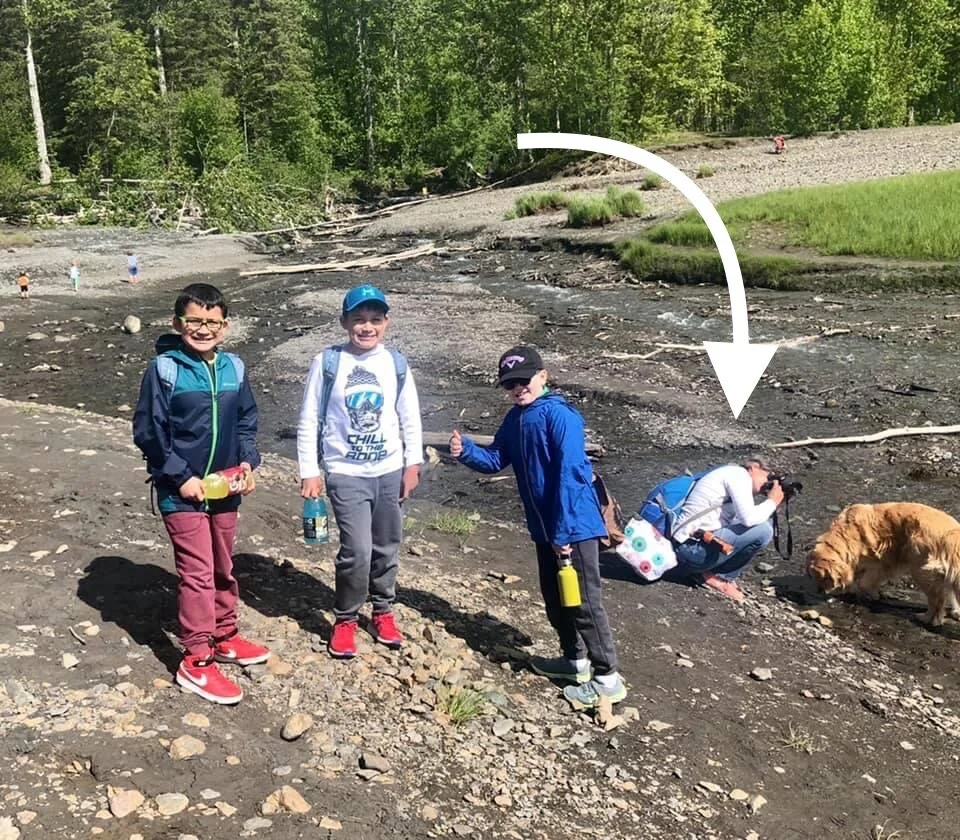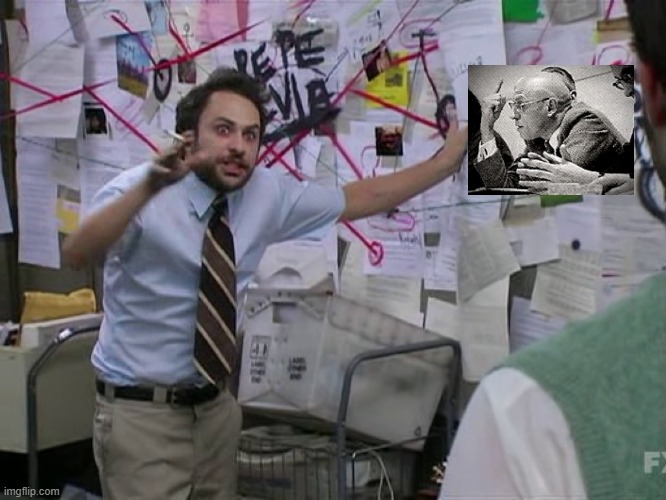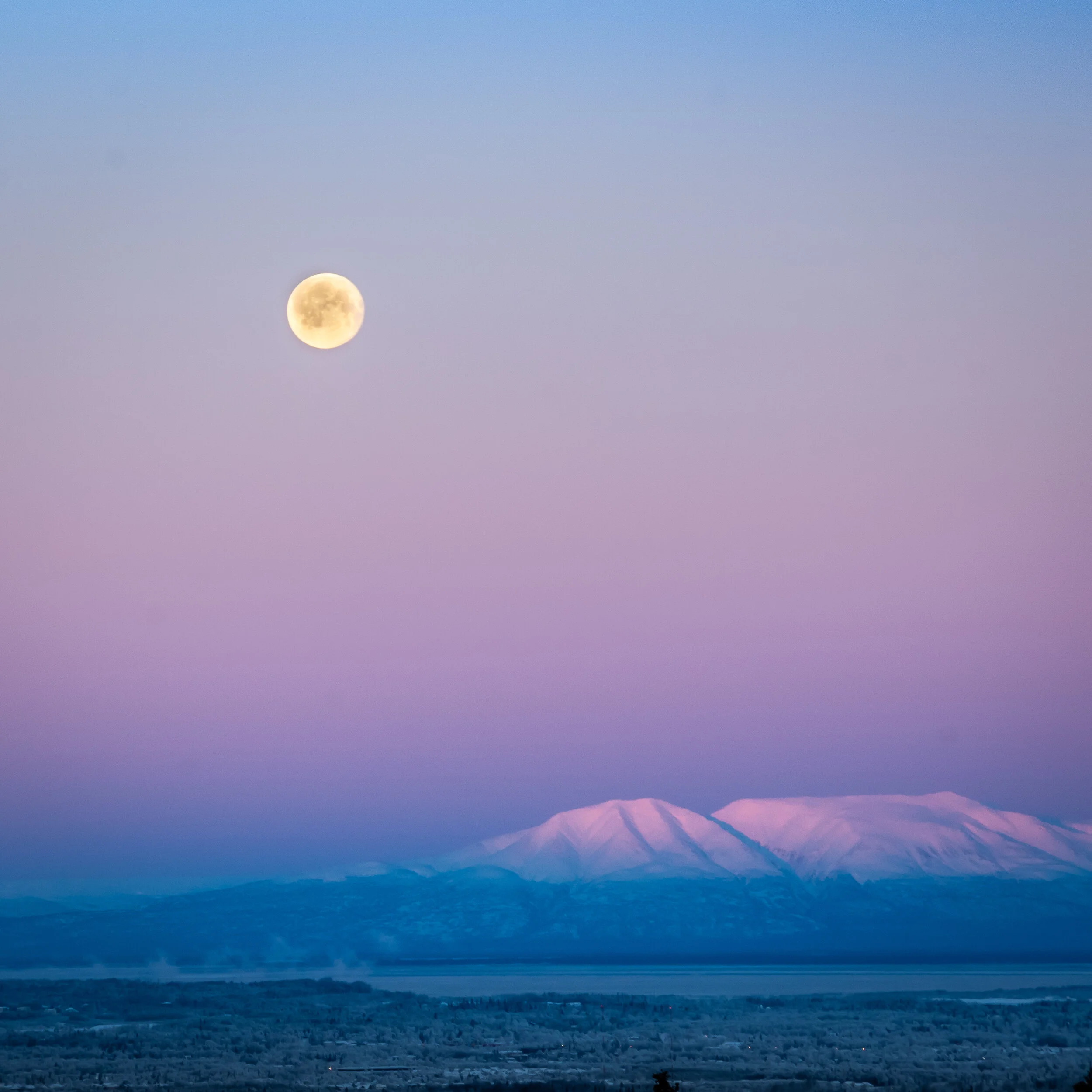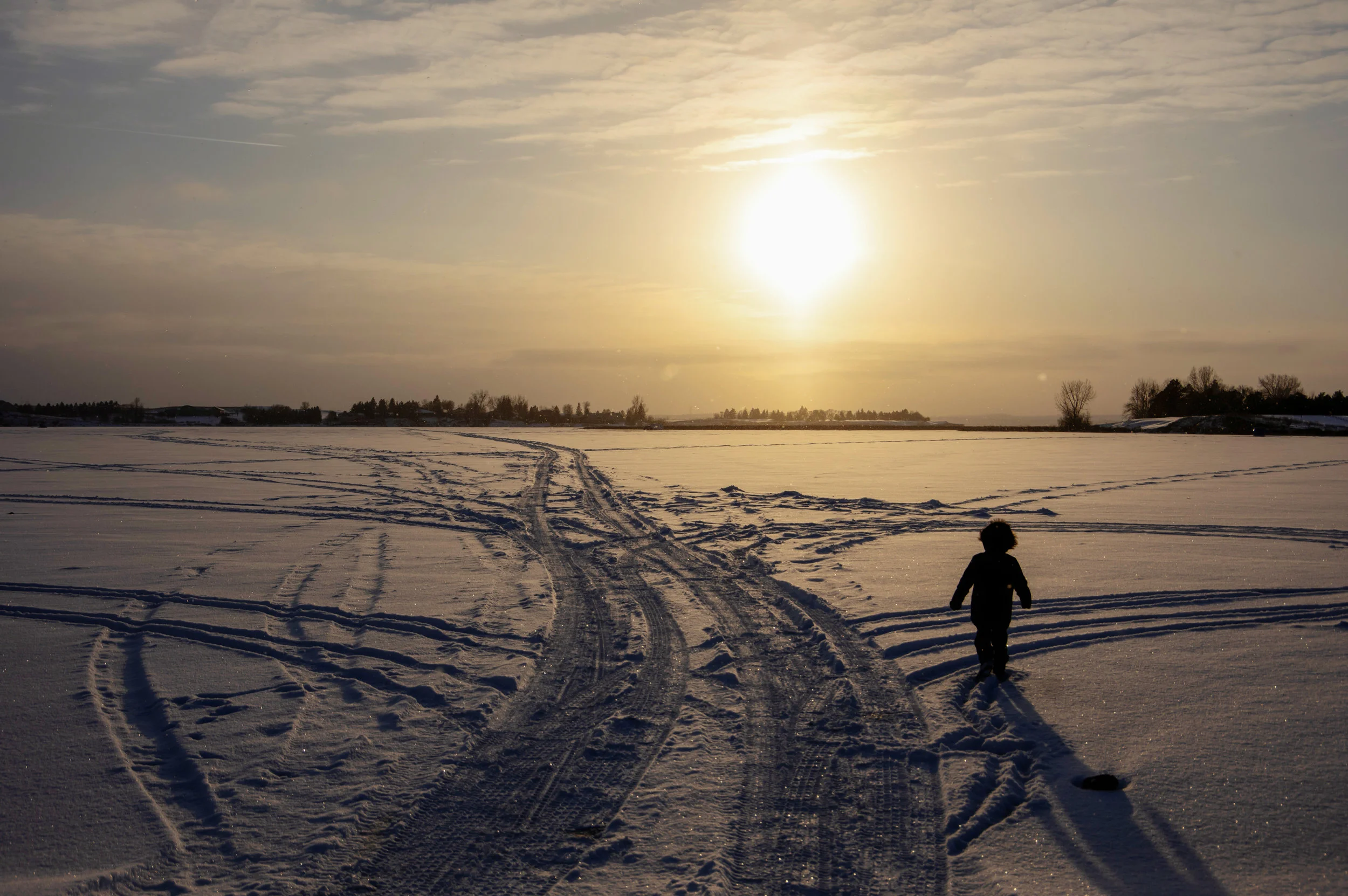“Is sin kind of like a force-field that blocks us from grace?” cue imaginary battle scene complete with Star Wars battle noises.
“What is that light feeling I feel in mass sometimes?”
“I bet Alexa would know the color of peace!”
“God is like my retainer, he keeps me in shape.”
Over the years, I have heard some funny and profound things as I help kids grapple with questions of theology through faith formation and teaching. My night teaching after-school or Sunday morning faith formation was often my favorite part of the week. I found that the kids I worked with had a deep natural understanding of matters of faith but needed help expressing and understanding it. After that, it was simply a matter of connecting their understanding to the liturgy and practices of faith.
While in graduate school, I would sometimes give my second grade faith formation students questions close to what I had been watching college students wrestle with. What sorts of things do you think of when I say water? What sort of things do you think water represents? Often, the second graders’ responses, full of depth and insight, taught me more than any theorist I had been reading.
Sofa Cavelletti highlights this reality in her book The Religious Potential of the Child. She comments on the “child’s mysterious knowledge” stating that, “In the religious sphere, it is a fact that children know things no one has told them...in fact the child seems capable of seeing the Invisible, almost as if it were more tangible and real than the immediate reality” (42-43). This truth often jumps out in my conversations with students and my son. This truth is one of the great joys of teaching.
As a parent, when I am busy and rushing through my day, I often don’t take the time to follow my son down questioning trails that would naturally lead us into these conversations. During the COVID slowdown, I was gifted the time to do just that. I was able to reclaim the joy of this aspect of my vocation.
As July came to an end, my mind began to turn back to the classroom with anticipation. I was looking forward to a new group of students full of light and laughter. However, I was also a bit afraid that I would lose this newfound rhythm. Then, an unexpected opportunity was placed before me. I was presented the chance to help develop a new faith formation curriculum. Our parish is currently battling the same challenges most throughout the country are facing. With resources stretched thin, and space absorbed by mitigation plans, faith formation was becoming an incomprehensible challenge. In the midst of this chaos, our pastor saw an opportunity to finish developing a faith formation curriculum he had started at a previous parish. A faith formation program that could take place within the home. A faith formation curriculum that, ideally, would help parents reclaim the joy found in growing in faith as a family. I cannot think of anything I would rather throw my energy into.
A dear friend will often say, “when God moves you, take a step.” One step, one leap, one jump. Sometimes that is all He asks. While that movement is scary it often ends up allowing me to experience the goodness of His Providence. When I look at where I am now, I see two sorts of movements that led me here: daily small steps formed in prayers and the big leaps of trust. While the small steps keep me moving forward, it is the big leaps that keep me aware of God’s profound goodness.
Fr. Jacque Philippe, describes the phenomenon well in Searching for and Maintaining Peace. He explains:
Many people do not believe in Providence because they’ve never experienced it, but they’ve never experienced it because they’ve never jumped into the void and taken the leap of faith. They never give it the possibility to intervene. (p. 28)











































































